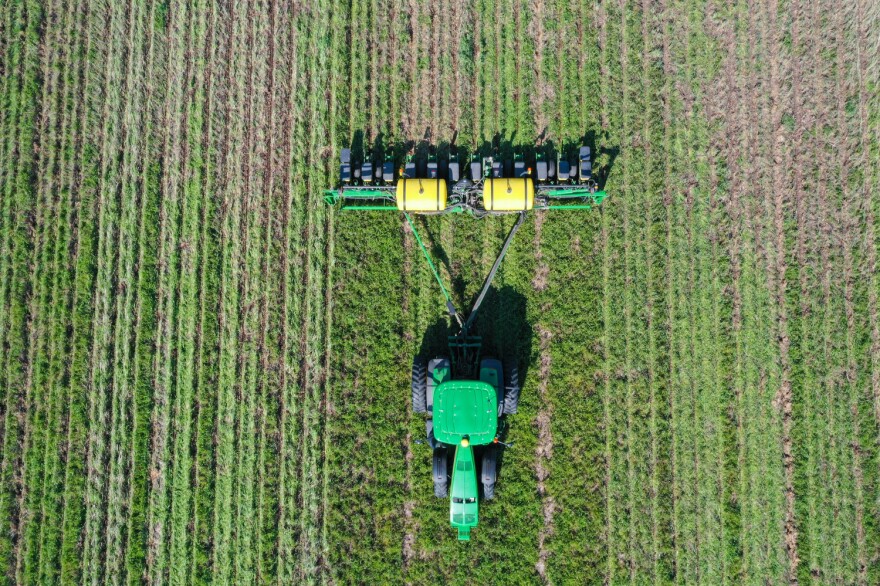A report by the U.S. Department of Agriculture found farms operated by socially disadvantaged producers are more likely to be at high risk than those owned by white producers.
About 19,000 operations were surveyed for the USDA’s America’s Farmers and Ranchers at a Glance: 2023 Edition. This year, the USDA included data on credit and socially disadvantaged producers, or people who have experienced racial or ethnic prejudice.
The report found 64-74% of farms operated by those in that group have profit margins of less than 10%, putting their operations at higher risk.
Ashley Murdie, a USDA spokesperson, said in an email that the department included data on farmers of color in the report to inform departmental programs of the research and better serve producers.
In the report, Black farms contrast the most in size, specialization and financial outcomes when compared to those owned by their white counterparts.
Black farm operators are more likely to operate cattle farms and have a lower median household income. They also received smaller government payments and have the lowest average loan amount of $154,593 compared to $492,675 among white producers, according to the report.
The study does not go into the reasons behind the findings, but researchers note the farm’s size and type of commodity produced could affect the amount of payments to socially disadvantaged producers.
John Boyd Jr., the president of the National Black Farmers Association, said among young Black farmers, few are interacting with USDA programs.
He’s met with producers across the nation to encourage them to seek federal financial assistance. Boyd found younger producers often don’t have a farm serial number, a sort of zip code that farmers need in order to apply for federal programs like farm loans.
“Which simply means, they're not going to be a part of those numbers that you're talking about,” Boyd said. “So if you're not on grid, you don't have crop insurance and you're not receiving disaster payments, stuff like that.”
Historical discrimination in the department’s lending practices has been well documented. Because of these practices, the number of Black producers decreased dramatically and so did the land they own.
Boyd said he wants to see the promise of debt relief for farmers of color fulfilled.
“I’m hopeful the administration will work more closely with leaders like myself so we can have Black farmers in the coming years,” Boyd said.
The USDA'sDiscrimination Financial Assistance Program is offering $2.2 billion in financial assistance for farmers and ranchers who experienced discrimination in the USDA's farm loan programs. The deadline to apply is Jan. 13.
Jonathan Coppess, an agriculture policy professor at the University of Illinois, said while USDA has been working to fix and prevent discriminatory practices across the board, problems can still occur.
“These are operated at local levels and county offices,” Coppess said. “If you have somebody who unfortunately wants to use the loan program authority in a discriminatory way, it is difficult to prevent that and it’s difficult to root that out.”
Coppess has studied the USDA’s past lending practices and its effects on Black farmers. He said while not every USDA office was discriminatory, it’s a legacy that can’t be forgotten.
“We want to always remind ourselves that there are real people at the other end of the public policy decisions,” he said. “People are directly impacted by the way these policies are designed and implemented and operated.”
Anna Pope is a reporter at KOSU. This story was produced in partnership with Harvest Public Media, a collaboration of public media newsrooms in the Midwest. It reports on food systems, agriculture and rural issues.
Copyright 2023 KCUR 89.3. To see more, visit KCUR 89.3.




